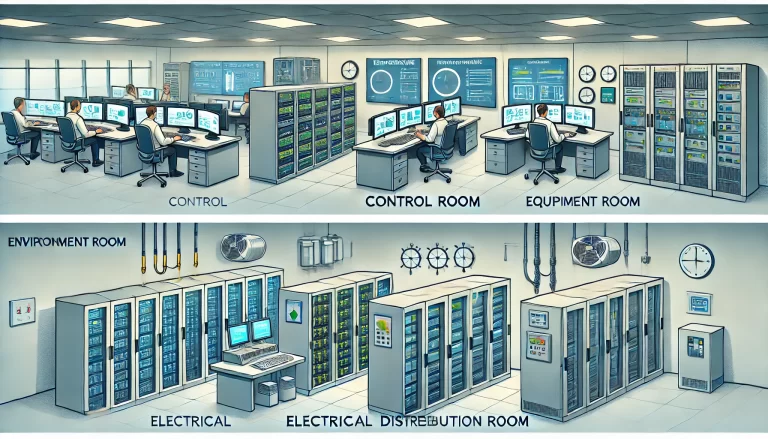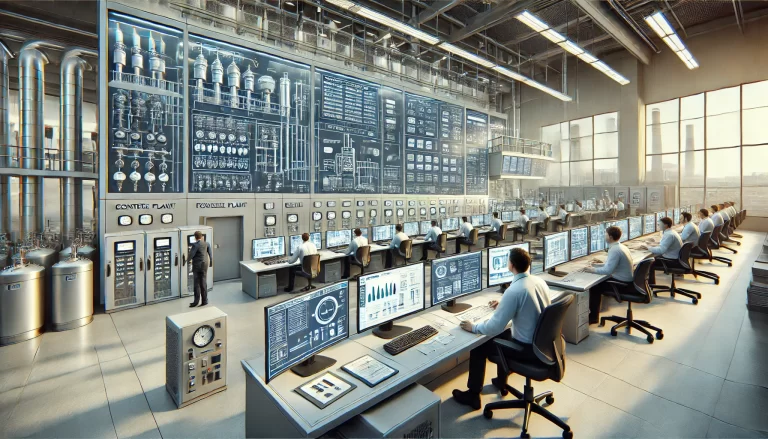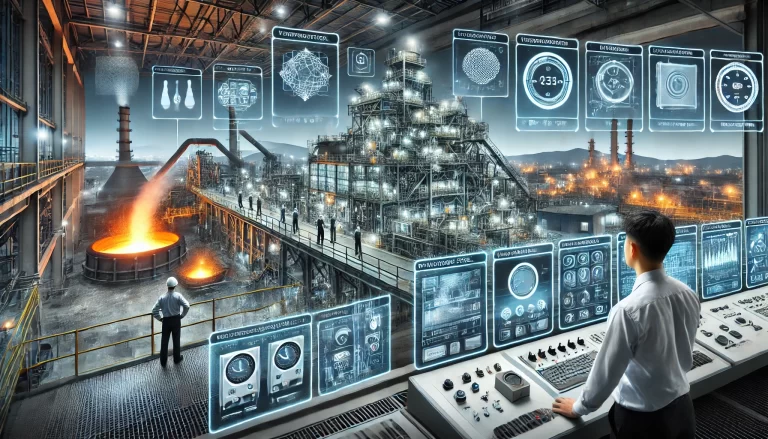Programmable Logic Controllers (PLCs) are essential components of industrial automation systems. A PLC is a specialized digital computer designed to control and monitor industrial processes and machinery. It is programmed to execute a sequence of operations, such as switching on/off devices, measuring variables like temperature or pressure, and communicating with other systems. Due to their flexibility, reliability, and ability to handle complex control tasks, PLCs are widely used across various industries. Below are some of the key applications of PLCs in modern industrial settings.

1. Manufacturing Production Line Control
PLCs play a crucial role in automating production lines in various manufacturing sectors, improving efficiency, product quality, and overall production speed.
Automobile Manufacturing
In automotive production, PLCs control robotic arms that perform critical tasks such as component assembly, welding, and material handling. By precisely controlling the speed, position, and operation of robotic arms and conveyor belts, PLCs ensure that the assembly line runs smoothly. They also enable real-time monitoring and adjustments, minimizing downtime and optimizing throughput.
Electronics Manufacturing
In the electronics industry, PLCs are used to automate operations like component placement and soldering on circuit boards. For instance, a PLC can control pick-and-place machines that accurately position tiny components onto circuit boards. It can also coordinate with automatic soldering equipment to ensure precise operations, improving both the speed and quality of the manufacturing process.

2. Industrial Robot Control
With the rise of robotics in industrial applications, PLCs have become integral in controlling robotic systems, enabling precise and coordinated operations.
Collaborative Robots
In industries like consumer electronics assembly, PLCs are used to control collaborative robots (cobots) that work alongside human operators. For example, in a smartphone assembly line, PLCs help synchronize the movements of cobots with human workers to perform tasks such as precision assembly or quality inspections. This collaborative approach enhances productivity while ensuring safety and high-quality outcomes.
Robot Motion Control
PLCs are also used to control the movement and operations of robots, such as Automated Guided Vehicles (AGVs) in warehouses. Through precise programming, PLCs manage the motion paths, speeds, and actions of these robots, ensuring efficient material handling and logistics without human intervention. In addition, PLCs ensure real-time response to any obstacles or changes in the environment, improving system adaptability.
3. Smart Building and Energy Management
PLCs are essential in managing energy efficiency and automation within smart buildings, offering a wide range of applications.
Lighting Control Systems
PLCs are used to automate lighting systems in buildings based on factors such as time of day and ambient light levels. For instance, in office buildings, PLCs can automatically adjust the brightness of lights based on natural sunlight, reducing energy consumption while maintaining a comfortable environment for occupants.
HVAC System Control
Heating, ventilation, and air conditioning (HVAC) systems are increasingly controlled by PLCs to optimize indoor comfort and energy usage. By monitoring environmental parameters like temperature and humidity, PLCs can adjust the operation of heating and cooling units, ensuring that they operate efficiently. This not only reduces energy costs but also helps maintain a stable indoor climate.

4. Water Treatment and Environmental Control
PLCs are used extensively in water treatment and environmental monitoring systems, ensuring sustainable and efficient operations.
Wastewater Treatment
In wastewater treatment plants, PLCs control processes such as the operation of pumps, valves, and filtration systems. PLCs manage the sequence of operations, from pumping raw wastewater through settling tanks to filtration and chemical treatment. By continuously monitoring parameters like water flow and chemical dosages, PLCs ensure the plant operates within regulatory standards, ensuring effective wastewater treatment.
Water Resource Management
PLCs are also deployed in water supply systems to monitor and control water distribution. For instance, PLCs are used to regulate the operation of pumps that maintain water pressure in the distribution network. They can adjust pump speeds and operations based on real-time data, ensuring efficient and balanced water supply to urban areas while preventing wastage.
5. Power and Energy Systems Control
In the energy sector, PLCs are critical for monitoring and controlling various power generation, distribution, and transmission processes.
Power Grid Monitoring
PLCs are used in substations to monitor and control critical electrical components, such as circuit breakers, transformers, and switchgear. By controlling these devices, PLCs ensure the stability and reliability of power grids, enabling automated fault detection, system recovery, and energy distribution.
Renewable Energy Generation
In renewable energy generation, such as solar or wind power, PLCs help manage the operation of solar panels or wind turbines. For example, in a solar power plant, PLCs monitor the output of solar panels and adjust the angle of solar panels to maximize energy absorption based on weather conditions and time of day. Similarly, in wind farms, PLCs control the speed and direction of turbines to optimize energy generation, ensuring maximum efficiency.

Conclusion
PLCs have revolutionized industrial automation by providing precise, reliable, and flexible control over a wide range of processes. From enhancing manufacturing efficiency to improving energy management in smart buildings and ensuring the smooth operation of water treatment plants, PLCs play a central role in modern industrial systems. As industries continue to innovate and push the boundaries of automation, PLCs will remain a cornerstone of industrial control and management.
